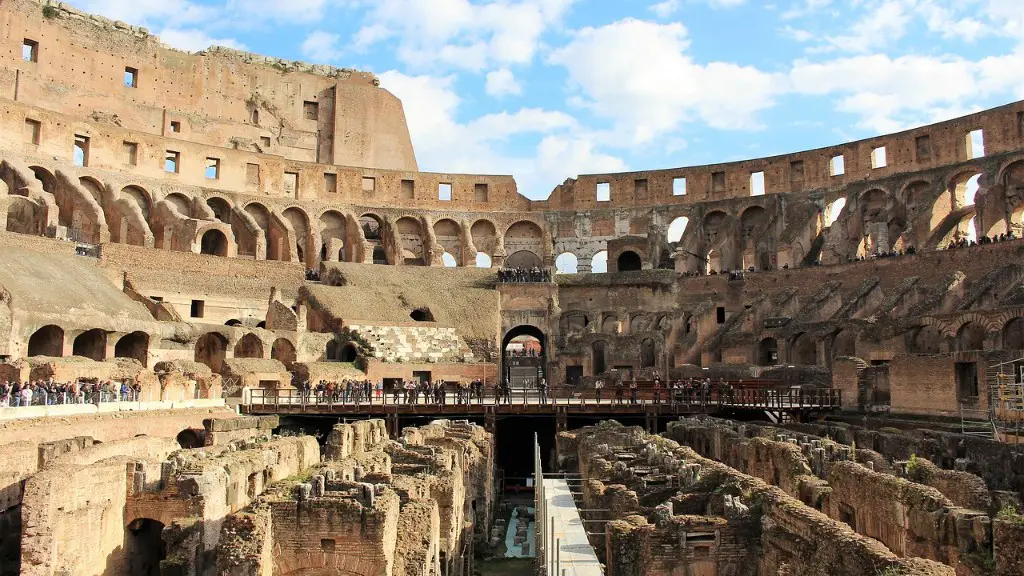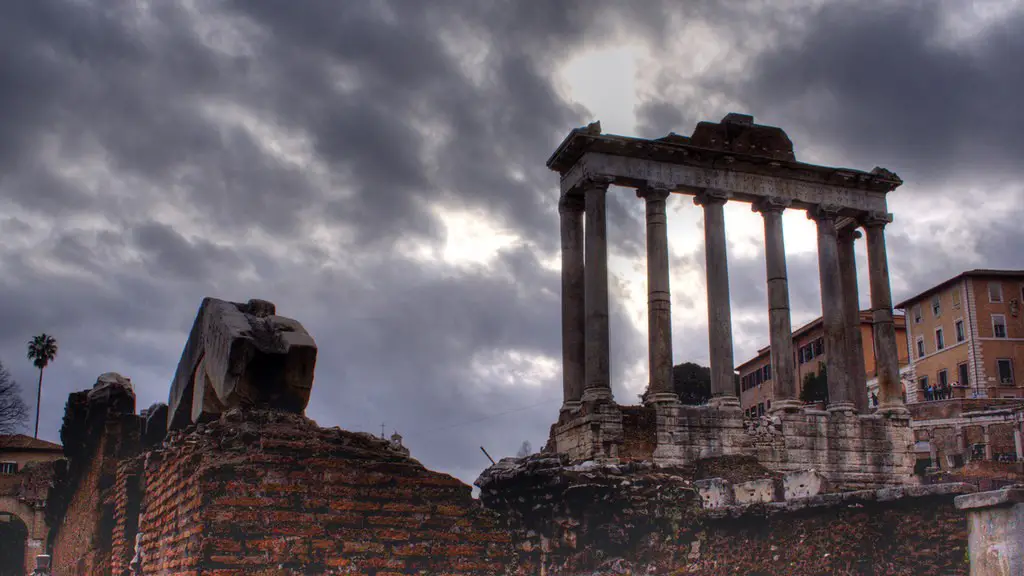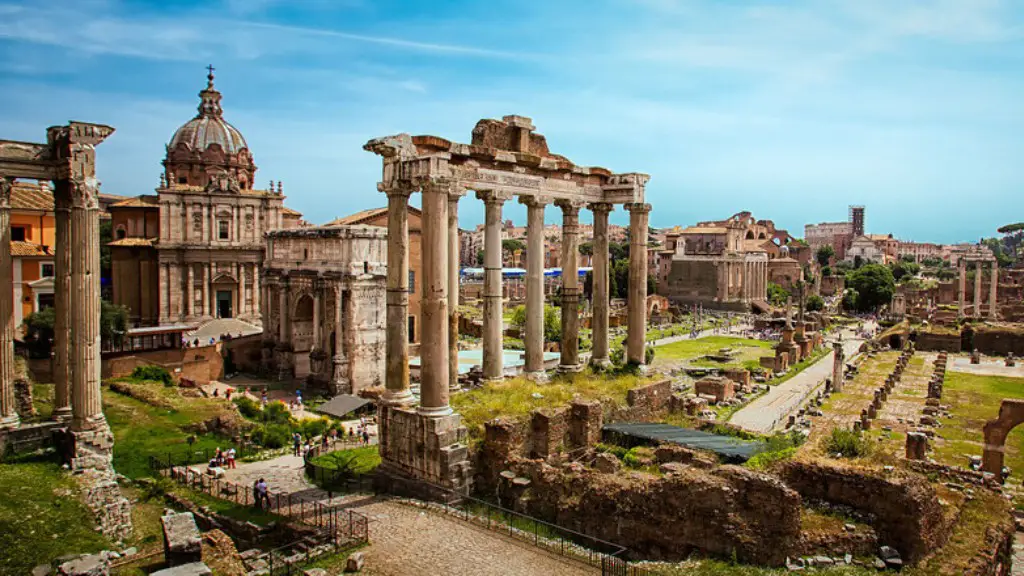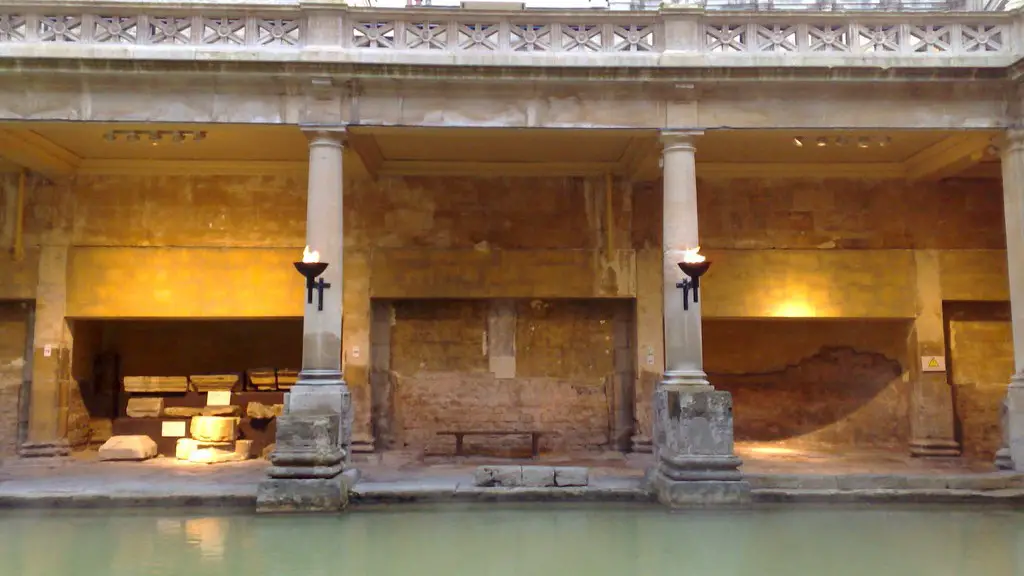The assembly in ancient Rome was a body of citizens who were organized to vote on laws and make decisions about the government. The assemblies were a key part of the Roman Republic, which was a form of government in which the people had a say in how the government was run. The Roman Republic was founded in 509 BC, and it lasted until the Roman Empire was founded in 27 BC. The assemblies continued to exist under the Roman Empire, but they had less power than they did under the Republic.
The Roman assemblies were public meetings of the Roman people held to discuss pressing issues and to make decisions on important matters. The assemblies were originally created as a way for the people to have a direct say in the government of their city, and they played a significant role in the formation of the Roman Republic. Over time, the assemblies lost some of their power as the government became more centralized, but they remained an important part of the political process in Rome.
What role did the assemblies play?
The assemblies in the ancient world were required to ratify laws and elect officials, and act as a source of legitimacy. This was particularly important in the city-state of Athens, where the assembly was the highest authority in the government. The assembly was open to all male citizens over the age of 18, and it was responsible for passing laws, electing officials, and debate on issues of importance to the city-state.
The Centuriate Assembly was the main legislative body of the Roman Republic. It was founded in the early days of the Republic, around the time of the first consuls. The Centuriate Assembly could declare war, elect the highest-ranking Roman Magistrates (Consuls, Praetors and Censors), and pass statutes. It was also responsible for granting constitutional command authority to Consuls and Praetors, and Censorial powers to Censors.
What was the most important of the Roman assemblies
The centuriate assembly was one of the most important assemblies of Rome during the republic. It was a meeting of all the citizens of Rome, organized into centuries (groups of 100 citizens), and was responsible for electing the consuls, the highest ranking officials in the government. The assembly was also responsible for passing laws and declaring war.
Comitia were a legal assembly of the people in ancient Republican Rome. They would meet on an appropriate site (comitium) and day (comitialis) determined by the auspices (omens). Within each comitia, voting was by group; the majority in each group determined its vote.
Why was the Assemblies of God created?
The Assemblies of God has its roots in the early 20th century Pentecostal Azusa Street Revival. At that time, established churches generally did not welcome the Pentecostal aspects of the revival, and participants in the new movement soon found themselves forced outside existing religious bodies.
The Assemblies of God is a Pentecostal Christian denomination that adheres to a conservative, evangelical and Arminian theology. The denomination’s Statement of Fundamental Truths and position papers emphasize core Pentecostal doctrines such as the baptism in the Holy Spirit, speaking in tongues, divine healing and the Second Coming of Jesus Christ.
How long did Roman assemblies serve?
The Roman Senate was a group of wealthy landowners and upper-class citizens who held power in the Roman Republic. The Senate could vote on legislation, but the ultimate power rested with the Senate. The Senate could also overturn the decisions of the Roman Assembly. The Roman Assembly was a group of citizens who chose the Consuls, who were the leaders of the Republic. The responsibilities of the Consuls lasted a lifetime. Each year, the Assembly had to choose two members of the Senate to serve as patricians.
The assembly was a key part of the Roman government and played an important role in the country’s decision-making process. The assembly was elected by the people from the plebeian class and consisted of representatives from all of the different regions of the country. The assembly’s primary function was to pass laws, but it also had the power to impeach officials and declare war.
How is Assemblies of God structured
There are two types of churches within the fellowship of the Assemblies of God – General Council affiliated churches and district affiliated churches. General Council affiliated churches are autonomous, having developed to the point of where they are self-governing and self-supporting. District affiliated churches are less developed and rely on the district for guidance and support.
The pros and cons of social media use are always being debated. Some people believe that social media is a great way to stay connected with friends and family, share information and experiences, and build relationships. Others believe that social media can be a time waster, lead to addiction, and be a source of cyber bullying, cyber stalking, and other online safety concerns. It is important to weigh the pros and cons of social media use before deciding how much time to spend on these platforms.
What type of religion is Assembly of God?
Assemblies of God is a Christian denomination with over 67 million adherents and members worldwide. The Assemblies of God movement began in the early 20th century with the Pentecostal revival. The Assemblies of God is the world’s largest Pentecostal denomination.
An assembly is a group of people, especially one that meets regularly for a specific purpose.
Who brought Assemblies of God
Charles Parham is an important figure in the history of the Assemblies of God and the Pentecostal movement. His teachings had a significant impact on the doctrines of the Assemblies of God, and he is the founder of the first Pentecostal church—the Apostolic Faith Church.
A religious assembly is a place of worship and related activities. Typical uses include churches, chapels, mosques, temples, synagogues, parish halls, convents and monasteries.
Who could serve in the Roman Assembly?
The two different assemblies during the republic were the comitia curiata and the comitia centuriata. The comitia curiata was composed of thirty-five tribes, each of which had one vote. The comitia centuriata was composed of one hundred groups, each of which had one vote. Only adult male Roman citizens could attend the assemblies and exercise the right to vote.
The Senate was a powerful body of 300 members who advised Roman leaders. Most senators were patricians and the assemblies were mainly made up of plebeians. Their representatives protected the rights of plebeians.
Final Words
The Roman assemblies were the principal organs of the republican government of Rome. They functioned as voting bodies, consisting of all male citizens over the age of eighteen, through which the people could elect magistrates and pass laws. The assemblies were also responsible for approving Rome’s budget anddeclaring war.
Assemblies in ancient Rome were public meetings of citizens who voted on laws and other matters of public concern. They were an important part of the Roman Republic and played a significant role in the government of the Roman Empire.




